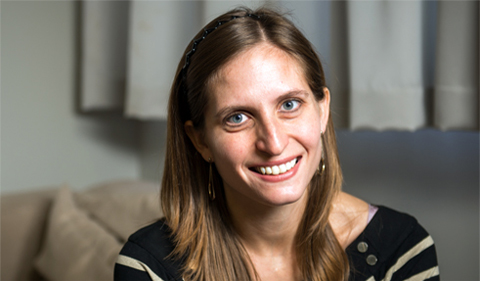
Dr. Kimberly Rios
Dr. Kimberly Rios, Associate Professor of Psychology, was quotes in a New York Times article on “United We Stand. Under Threat, We Divide Into Groups.”
A week of violence and anguish in the United States has prompted increasingly familiar discussions of race, policing, discrimination and gun violence. But amid those very real issues, another force is playing out, unseen and little discussed beyond the social scientists who study it.
Their work, formally known as intergroup threat theory, does not address the origins of this violence. But it does explain how the killings are experienced by millions of people who were not at the scene yet nonetheless felt directly affected by them….
Kimberly Rios, a professor of psychology at Ohio University, said that when members of one group feel threatened by another, their prejudice against that other group increases.
One study of American university students, for instance, found that white students who felt more threatened by black people were also more likely to be racially biased against them. The same was true of black students who felt threatened by white people, though the effect was not as strong — perhaps because whites, as the traditionally dominant ethnic group, felt that they had more to lose.
“When identification with a group is coupled with perceptions of threat, that’s a particularly dangerous combination,” Professor Rios said. “That’s when you start to see a lot of biases, and a lot of negative feelings.”
That’s true even if the sense of threat is irrational. Even if facts show that there is no real danger, “it’s the perception of threat from an out-group, regardless of the actual presence of threat, that predicts prejudice,” she said.
Read the entire New York Times article.

















Comments